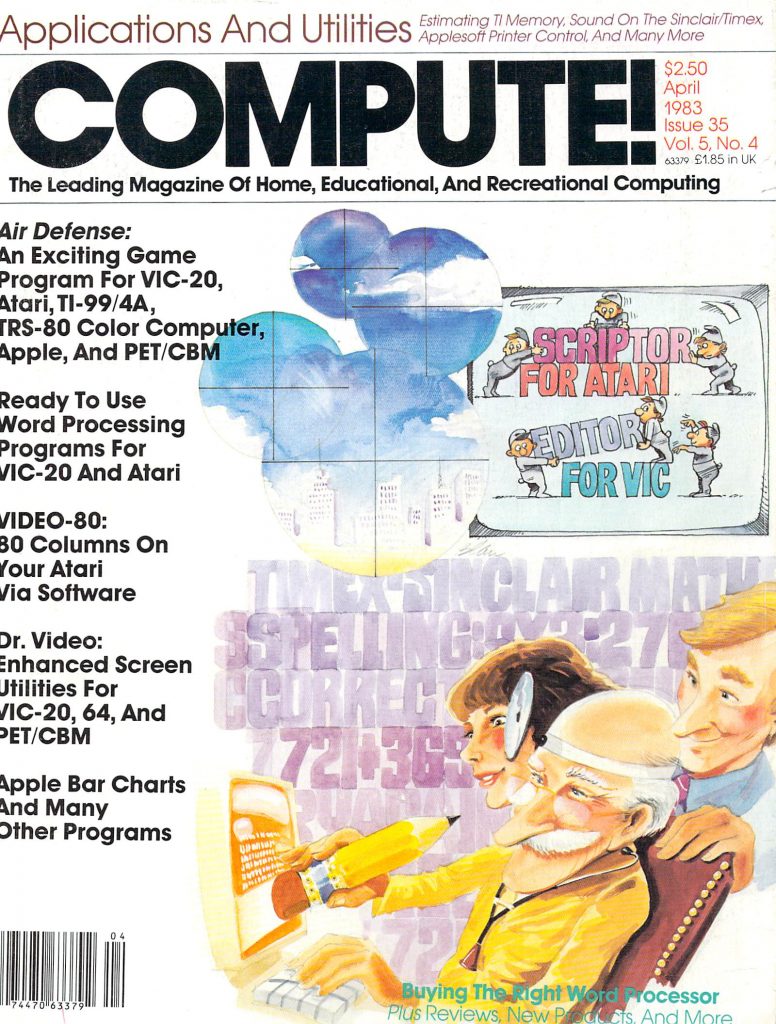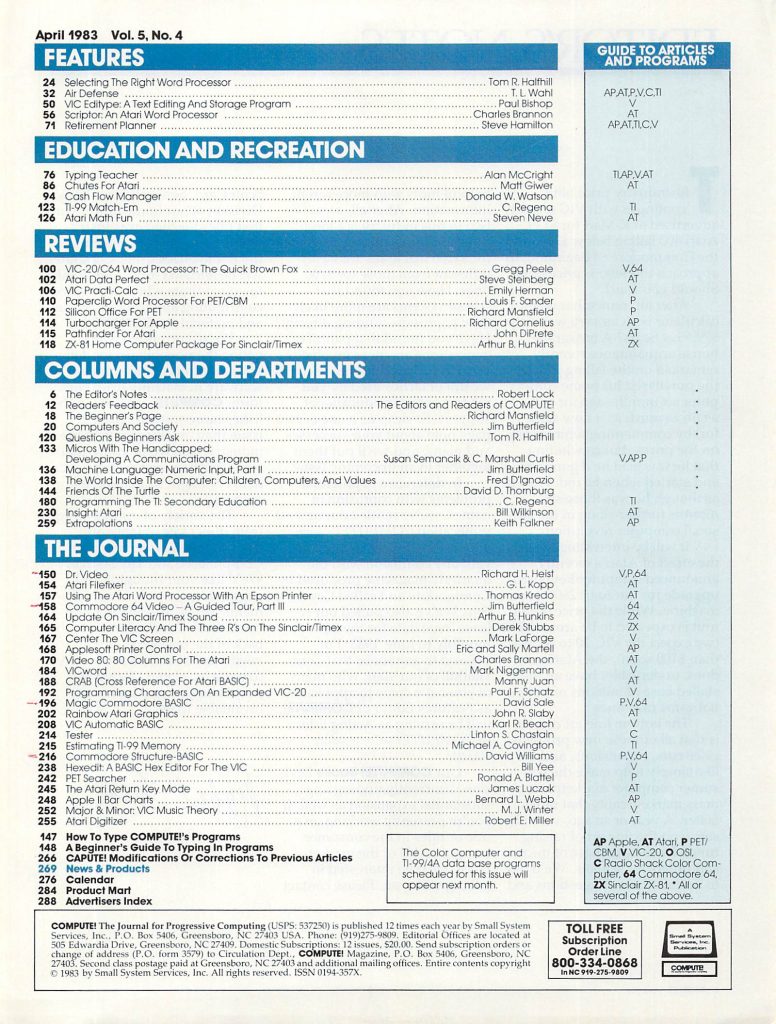Source: Home Computer Magazine – Vol. 4, No. 2
The TI-99/4A was a powerful computer for its time, featuring what was technically a 16-bit processor. However, some poor marketing decisions by TI along with their inability to match Commodore’s prices ultimately drove them out of the market. Third party peripherals were few and far between as the TI-99/4A didn’t have a very long life. But there are a few and here are a couple from a company called Axiom.
The first is a printer designed for the TI-99/4A witht the catchy name “Direct Connect Printer, GP-100TI”. Like many home computers, the TI didn’t have a standard printer interface built in so it required an adapter for most printers. However, the GP-100TI had this interface built-in. In addition, it had an edge connector so that additional peripherals could be chained. As far as the printer itself, it seems to be a pretty standard dot matrix printer for the time and the price really isn’t too bad considering how expensive printers could be. Having said that, I’m not sure what the quality was like.
The other item here (with another catchy name, the “ParallAx TI Expansion Interface”) is a standalone interface for printers and other peripherals. It could be used, for example, to attach a standard parallel printer to the TI. TI made an expansion box for the TI-99/4A but it was expensive and bulky. This device appears to offer an alternative cheaper and more compact option. Like the interface built in to the printer above, devices could be daisy chained with the edge connector. At $99 it seems like a good deal, especially compared to TIs bulky option.
I had a friend that had a TI-99/4A but I never had one. I had a Commodore 64 instead (no regrets there). Certainly if you needed a printer or to attach other various peripherals then these seem like they would have been pretty good options. This ad is from Volume 4, Number 2 of Home Computer Magazine from 1984. I didn’t have my Commodore 64 until 1986 and by then things were cheaper anyway. For example, printer interfaces were in the neighborhood of $30-$40 vs. the $99 for the one in this ad. But one of the biggest problems the TI had was the expense of add-on hardware.





